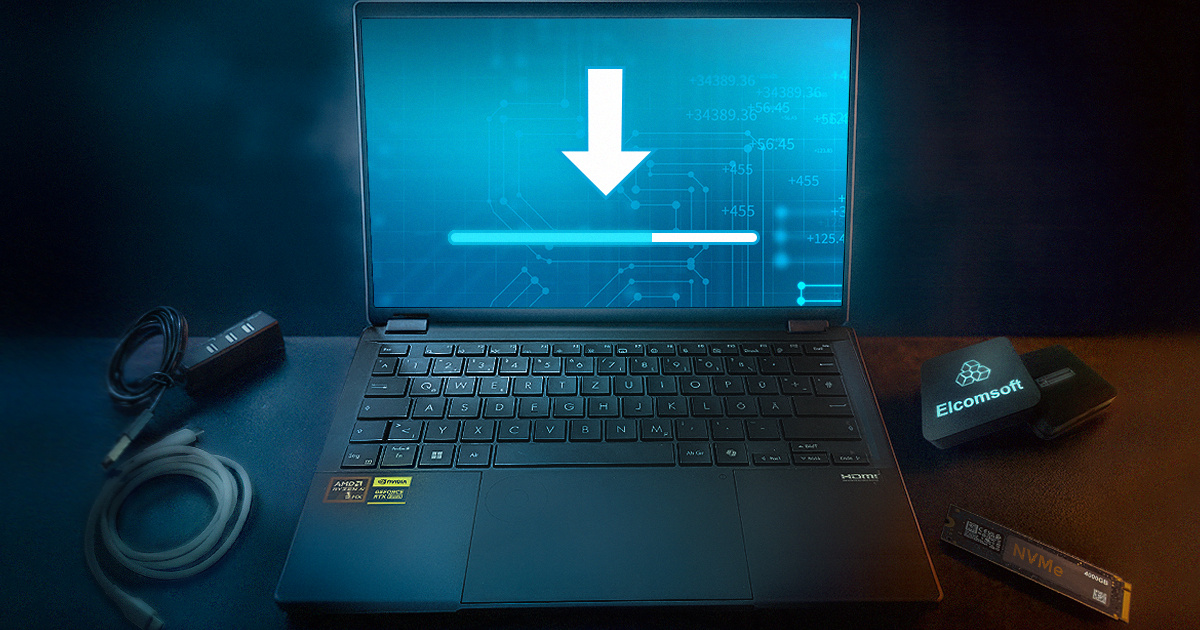In today’s world of everyone wanting a slice of one’s personal information, users become more and more concerned about the privacy. The WhatsApp/Facebook integration raised an additional concern, considering that Facebook-owned Messenger requests the largest number of invasive permissions among all commonly used messengers. Data privacy and security concerns are mounting like a snowball. 2020 brought multiple data breach incidents from popular blogging resources from LiveJournal whose users’ data was breached and leaked to the darknet to financial institutions like Postbank with 12M exposed credit cards, hospitality giants as Mariott with 383 million records compromised or even Microsoft customers who also suffered from privacy-related issues.
Investigating a BitLocker-encrypted hard drive can be challenging, especially if the encryption keys are protected by the computer’s hardware protection, the TPM. In this article, we’ll talk about the protection that TPM chips provide to BitLocker volumes, and discuss vulnerabilities found in today’s TPM modules.
This year is different from many before. The Corona pandemic, the lack of travel and canceled events had changed the business landscape for many forensic companies. Yet, even this year, we made a number of achievements we’d love to share.
A year ago, we analyzed the encryption used in Synology NAS devices. We were somewhat disappointed by the company’s choice to rely on a single encryption layer with multiple functional restrictions and security reservations. Today we are publishing the results of our analysis of data encryption used in QNAP devices. Spoiler: it’s very, very different.
Apple has long provided its users the tools to control how apps and Web sites use their personal data. The release of iOS 14 brought a number of new privacy features, while iOS 14.3 adds an important extra. At the same time, one of the most interesting privacy features is facing tough opposition from a group of digital advertising associations, making Apple postpone its implementation.
Today we have an important date. Advanced Office Password Recovery turned 16. What started as an instant recovery tool for legacy versions of Microsoft Word had now become a GPU-accelerated toolkit for breaking the many Microsoft formats. Today we’re releasing a major update, giving Advanced Office Password Recovery and Distributed Password Recovery tools the ability to crunch passwords faster with the newest and latest NVIDIA 3000-series graphic boards. Powered by Ampere, the new generation of GPUs delivers unprecedented performance in modern video games. How do the new cards fare when it comes to accelerating the password recovery, and is an upgrade worth it for the forensic experts? Let’s find out.
This is the final part of the series of articles comparing Elcomsoft Distributed Password Recovery with Hashcat. We’ve already compared the features, the price and performance of the two tools. In this study, we tried breaking passwords to several common formats, including Word document, an encrypted ZIP archive, and a VeraCrypt container. We summarized our experiences below.
After publishing the first article in the series, we received numerous comments challenging our claims. We carefully reviewed every comment, reread and reevaluated our original article. Elcomsoft vs. Hashcat Rev.1.1 is here.
Hashcat is a great, free tool competing head to head with the tools we make. We charge several hundred dollars for what, in the end, can be done with a free tool. What are the reasons for our customers to choose ElcomSoft products instead of Hashcat, and is the expense justified? We did our best to compare the two tools to help you make the informed decision.
Intuit Quicken is one of the oldest tools of its kind. Over the years, Quicken had become the de facto standard for accounting, tax reporting and personal finance management in North America.


